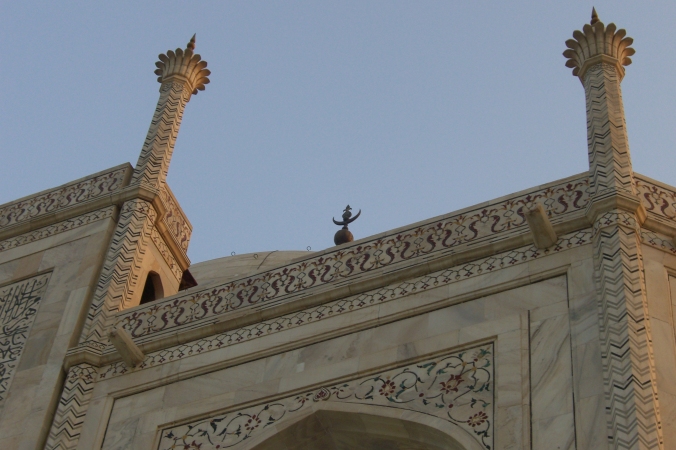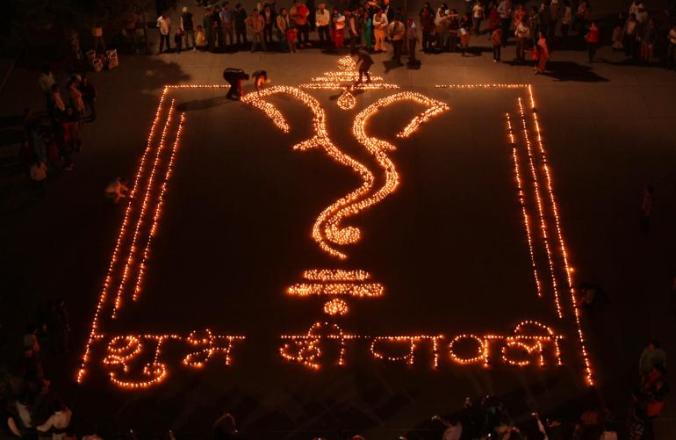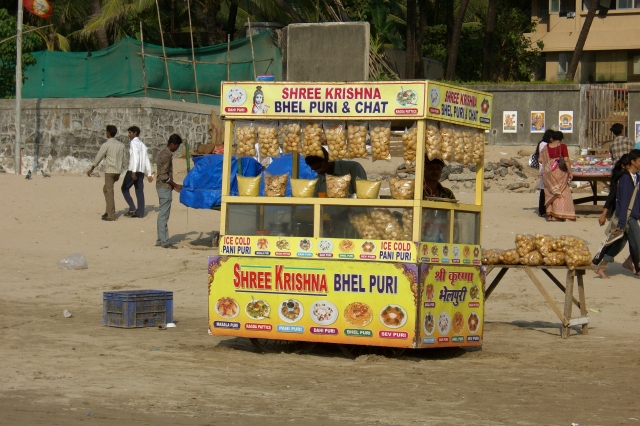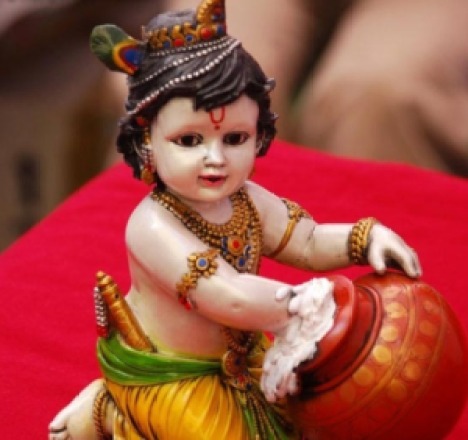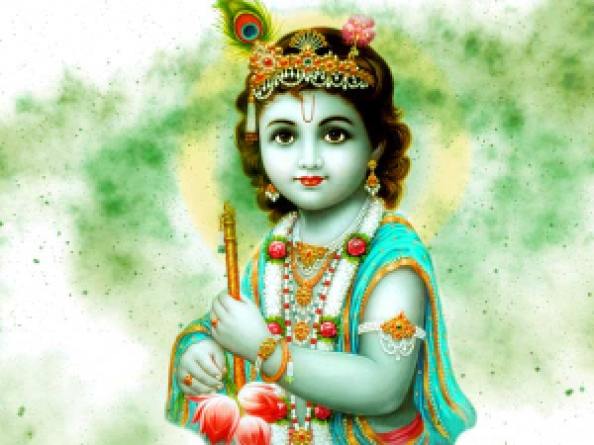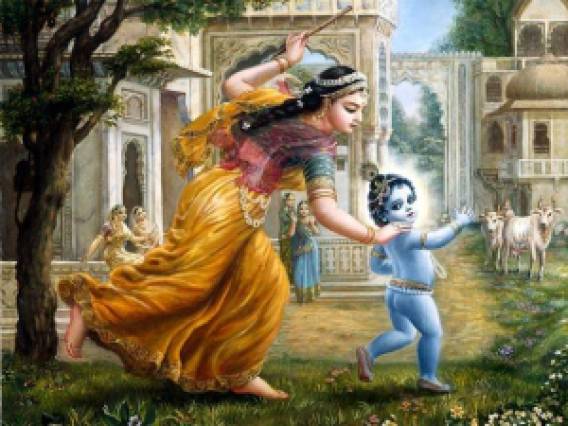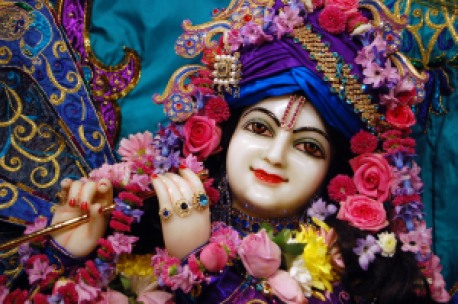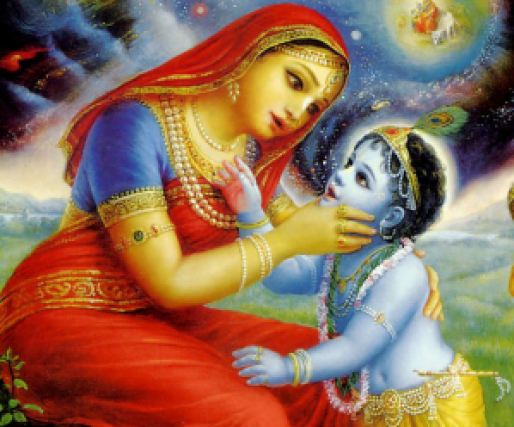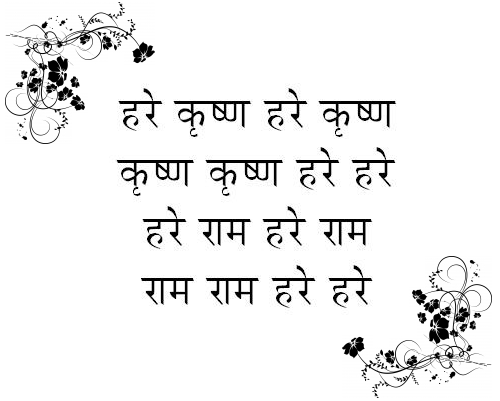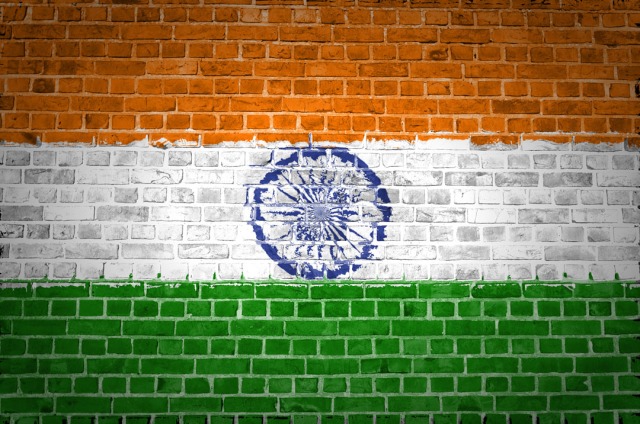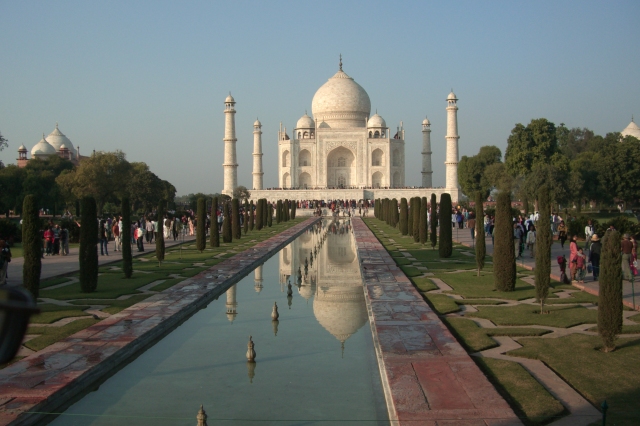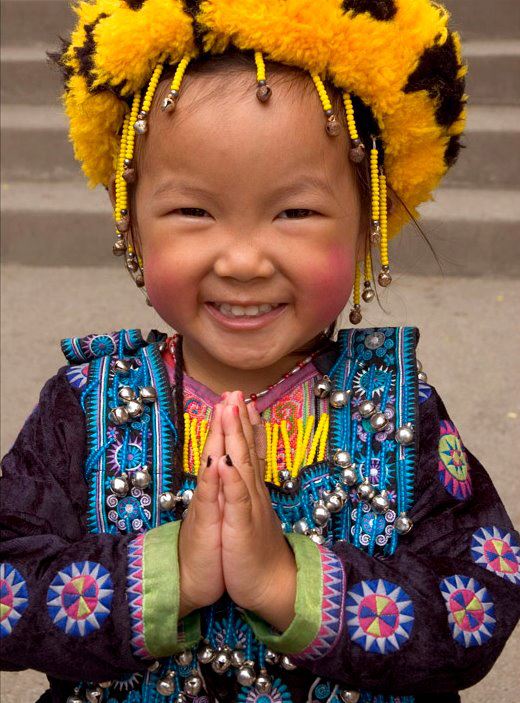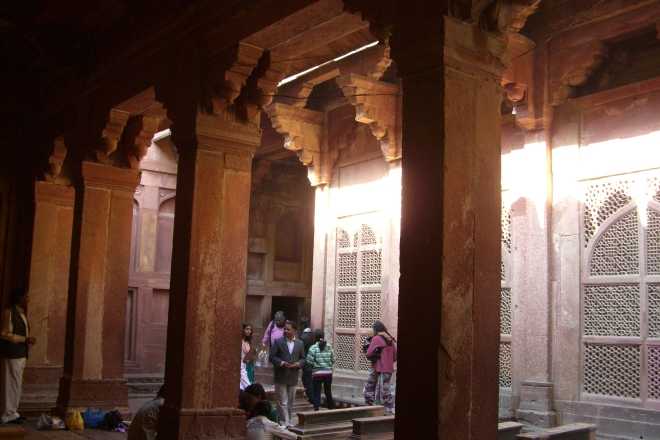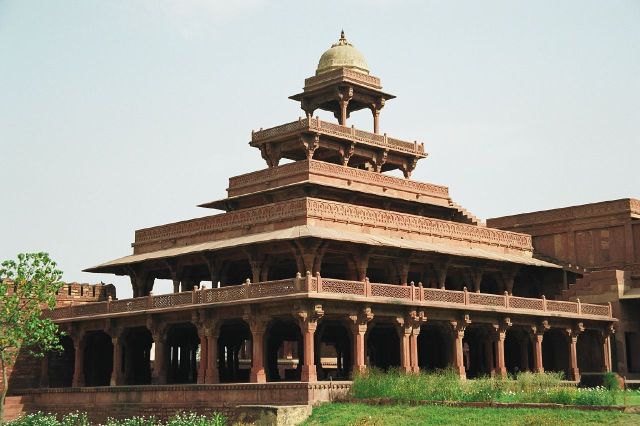Antique store in Kochi (Cochin), India
Category Archives: India Unveiled
Beauty Needs No Introduction
Happy Diwali!
Navratri- Celebration of the Divine Feminine
Navratri (in Sanskrit meaning Nine Nights) is the celebration of the feminine divine. During this festival nine forms of Shakti or Devi are worshiped. She is the ultimate embodiment of creative energy and celebrating her is considered most auspicious. This is one of the most important festivals of the Hindus and is celebrated all over India and the opportunity arrives twice a year: in the beginning of spring and autumn.
Just as India is a land of many languages and cultures, the celebration of Navratri too takes various forms. In West Bengal, the last four days are celebrated as Durga Puja where exquisitely decorated life size clay dolls of the Goddess depicted as slaying the demon Mahisasura are set up and on the fifth day are immersed in the river.
In Maharashtra and Gujarat, the festival is celebrated with the energetic Garba and Dandiya Raas dances.
In South India steps are set up and decorated with dolls in an arrangement called Golu.
The festival culminates in on the tenth day in Vijayadashami meaning ‘victory on the tenth day’ which refers to Lord Rama’s victory over the ten headed demon Ravana as well as that of Goddess Durga over the demon Mahisasura.
Spicy Snacks Beside the Sea- Juhu Beach, Mumbai
On a pleasant December afternoon (Yes, December!) take a break from hectic metro life and wander onto the famed Juhu Beach in Mumbai, India. And there, enjoy the sight of the locals drinking Kala Khatta (Indian blackberry juice, spiced with black salt, lemon juice and pepper and eat spicy Bhel (puffed rice, vegges spiced with tangy tamarind juice) or if you are brave enough sample it yourself. 🙂
Karna-The Warrior of The Sun Chap 1: A Mistake
siggie credit- Sunshine
Anyone who dares to delve into the study of Hindu mythology would not only find it complex and confusing, but also an extremely intriguing amalgam of colorful characters and their stories. Mahabharat, the longest poem ever written, is one such epic. It is replete with tales of glorious courage as well as treacherous deceit.. And perhaps the character whose story is most compelling of all is Karna, a great warrior much extolled for his exploits, but who unfortunately never got his due.
The following is an attempt to retell his story from his own point of view. This is a work of fiction, hence is bound to have several errors. Please ignore them and read on. This story is penned by a young and very talented guest writer Emrys. 🙂
THE WARRIOR OF THE SUN
1: A Mistake
Eons ago, on the banks of the river Beas, Sage Vyasa continued narrating the story of the Mahabharatha to his scribe Lord Ganesha, who wrote—
Princess Kunti of the kingdom of Kunti was asked to rest in her room, as apparently she had had a very long day. She obeyed, for she wouldn’t dare argue with her father, King Kunti-Bhoj. Absently lowering herself onto the bed, she recalled what had happened earlier that day.
For the past several weeks, Kunti had been tirelessly attending to the Sage Durvasa’s needs and unreasonable demands. Her father had entrusted her with this task, as the powerful Sage, known for his quick temper, could not afford to be angered. Pleased with her dedication, he awarded her the Atharvaveda Mantra, which enabled her to beget a son blessed with the qualities of any God she invoked.
I wonder if there is any truth in the spell or if it’s just a whole lot of mumbo-jumbo, the young princess thought, staring unseeingly at a pair of peacocks dancing deliriously in the rain just outside her window.
Later, when the showers had stopped and the sun had sunk low in the skies, Kunti snuck out of the palace. Fortunately no one saw her as all were engaged in the preparations of a grand farewell feast for the great sage. Taking cover of the growing shadows, she ran into the dense thicket of Ashoka trees that lay to the west of the palace. An accomplished horsewoman and huntress in her own right, she felt no fear navigating her passage in the semi darkness.
She emerged at the bottom of a tall cliff, on the other side of which was a river whose waters sparkled like gold in the rays of the setting sun. Panting, Kunti wiped away the beads of sweat from her brow, feeling a strange sense of foreboding hang over her. After a slight hesitation, she recited the mantra, calling for Surya, the Sun God. Moments after she uttered the last word of the prayer, blinding rays of light hit her, making Kunti shield her eyes and stagger a few steps backward. And indeed, it was Surya, with a small, wailing child cradled in his arms. She smiled–so the sage had meant what he had said. That was all she wanted to know.
“All right, my lord,” she told the Sun God.”You may now return to your heavenly abode. I am sorry for causing you trouble, I only wanted to test the mantra.”
“Unfortunately, Kunti, I cannot. I am bound by the mantra, so I must give you this child.” Surya smiled, holding forth the baby.
Kunti was horrified. She couldn’t have a child! She was still a single woman! “Wh..what? N..no, you can’t, my Lord!”
“But you must! The mantra cannot be reversed.”
“I am not prepared for–” Before she could complete her protest, the Sun God was gone, and the child was in her arms.
With the beautiful baby boy pressed to her chest, Kunti slowly walked down to the river. She weaved a basket out of reeds while watching the child, tears brimming in her eyes. The princess noticed with awe that he was covered with magnificent golden armor, and dangling from his ears were beautiful, diamond-studded earrings. Planting a light kiss on his forehead, Kunti set the baby in the basket, then proceeded to place him in the water with great reluctance.
“Goodbye, my son. I love you so much, but I cannot take you with me.” She murmured, choking back tears as she watched the basket float down the river. I hope that you will forgive me.
tbc
PS: Please share your thoughts.
Happy Janmashtami! Birthday of Lord Shri Krishna
The 8th of the Dasha (10) avatars of Lord Vishnu,
Ananta- The Endless Lord
BalaGopal- The Child Krishna
Bihari- The Travelling Lord
Chaturbhuja- The four armed Lord
Dayanidhi- The Compassionate Lord
Dharmadhyaksha-The Lord of Dharma
Govinda- The Finder of Cows
Gopala- The Protector of Cows
Hari- The Lord of Nature
Jagannatha-The Master of the Universe
Krishna- All Attractve
Madhava- Husband of the Goddess of Fortune
Mohan- The Enchanter
Muralidhar- One who Holds the Flute
Mayura- One who has a Peacock Feathered Crown
Shyam- The Dark Complexioned Lord
Upendra- The Brother of Indra
Vishnu- The All Prevailing Lord, Lord of the Universe
Vishwatma- The Soul of the Universe
Nandlal- The son of Nand
HARE KRISHNA HARE KRISHNA
KRISHNA KRISHNA HARE HARE
HARE RAMA HARE RAMA
RAMA RAMA HARE HARE
(THE MAHA MANTRA)
India is 68! Happy Independence Day!
Fatehpur Sikri- A Must See Marvel of Indian Mughal Architecture.
The Imposing 55m tall BULAND DARWAZA (victory arch) stands at the entrance of the palatial complex.
The Horseshoe Gate, where horseshoes were nailed for good luck.
Jali, the exquisite stone screens that are a feature of the tomb of Salim Chisti in the center of the complex.
The Jama Masjid (Mosque)
Panch Mahal by Bruno Girin
Located a stone’s throw away from Agra (the home of the TajMahal), in the North Indian state of Uttar Pradesh is Fatehpur Sikri (Fateh Arabic word meaning victorious). It served as the capital of the emperor Akbar (of the famed Jodha Akbar) from 1571-1585.
Designated a world Heritage sight, it is a prime example of India’s Mughal Architecture and is not to be missed particularly if you make the effort to visit the Taj Mahal in Agra.
Built in the honor of the Sufi Saint Salim Chisti, it is a walled city with a series of palaces, courts, harem, a mosque, private quarters and so on.
Constructed almost entirely from red sandstone, this essentially Islamic edifice has many Hindu and Jain embellishments. Spend about an hour or two and wander around the complex and sink your teeth into some juicy history by availing the services of some readily available local guides.
Accommodations to suit all pockets are available in Agra or if you want to make it a day trip, you can choose to stay in New Delhi which is only a 6 hr commute away. But be sure to start early so to avoid the hellish traffic.
Whenever I see these pictures, I’m reminded of the beautiful Qawwali ( a style of muslim devotional music) from the movie Garam Hava (Scorching Winds) which was shot at this place. The movie is perhaps the most poignant depiction of India’s partition which occurred in 1947 when it gained its independence from the British Raj (rule) and is a must watch.
The Hilltown of Coonoor, one of India’s Hidden Gems
Whenever I travel back to my homeland, I prepare for a culture shock. The crowds, the noise, the pollution have all increased several fold as the country races forward at breakneck speed to catch up with the rest of the world. But I’ve come here to relive some beautiful memories, to catch up from where I left off–I’ve come to reconnect with the past. How do I do that and where?
There are some places left in the country where it seems that life still goes on as it did a few decades ago, where people are laid back, where nature is not at war with mankind–
COONOOR– is one such place. It is located in the Nilgiri Hills, about 56 kms from the Coimbatore Airport, in the southern Indian State of Tamil Nadu. It is part way from its more well known cousin Ooty which I will advice you to avoid if you can.
Known for its tea plantations, Coonoor is a lovely, rustic little town, which with its abundance of greenery and quaint architecture, is a throw back to India as it used to be. The temperate climate and serene environment helps the restless soul to relax and take a few breaths of peace.
There are several wonderful places to stay in this place. I recommend the Gateway Hotel on Church Road, — a historic hotel which is a wonderful blend of colonial charm and modern amenities and yes, the food is great! 🙂
When you are there, don’t forget to take a ride on the Nilgiris meter gauge train, as well as a personalized tour of the tea estates.







